
Our Guide To Zion National Park
A Landscape Dominated by Steep Vertical Walls Towering Above The Virgin River
Zion National Park is the oldest and most visited park in the state of Utah and by far, one of the most spectacular. The park is dominated by Navajo sandstone rock in shades of fiery red with the Virgin River running through it. Over the years, the river has carved the canyon into nearly vertical walls towering high above its banks. It’s the perfect place for a leisurely stroll along the river’s edge or a rigorous hike up sheer cliff walls to vantage points with sweeping views of the valley below. You can hike the infamous Narrows in waste high water or take a scenic drive to the east end of the park with its checkerboard mesas where you will undoubtedly spot the park’s native bighorn sheep scaling the rocky slopes.
Interestingly, Zion was not the park’s original name. In 1909, President Howard Taft first protected the canyon using the Antiquities Act to establish “Mukuntuweap National Monument.” It was called Mukuntuweap, meaning “straight canyon” from 1909 to 1918 because this is what explorer John Wesley Powell believed was the Paiute name for the area. In 1919, Congress “upgraded” the monument to national park status and renamed it “Zion National Park” which is what Mormon pioneers had been calling the area.
KNOW BEFORE YOU GO
Operating Hours & Fees
Zion is open year-round with its peak season starting in Spring and ending in Fall.
Entrance fees (subject to change) are as follows:
- Private Vehicle - $35
- Motorcycle - $30
- Pedestrian or Bicycle - $20 per person
- Other passes can be used including the America the Beautiful Pass, Military Pass, Annual 4th Grade Pass, Lifetime or Annual Senior Passes and Lifetime Access Pass
Weather & Seasons
- Spring – Days are usually sunny and mild, but evenings can be cold. Higher elevations may still be inaccessible due to snow. Snow melt often closes the Narrows during this time of year. Average highs are in the 50-60s with lows in the 30-40s. This is the time of year to catch the wildflower blooms and the park shuttle runs full time although less frequently than Summer. Be warned that Spring Break sees record setting crowds in the park.
- Summer - Days are hot often reaching over 100°F. Summer Monsoon season from July to September can often bring flash floods so be sure to check the weather before visiting especially if you plan on hiking the Narrows. The park is fully accessible this time of year but extremely crowded especially over holiday weekends.
- Fall – Temperatures are cool and the changing Fall colors can be seen starting at higher elevations as they make their way down to the lower elevation of the canyon in late October/early November. Average highs are 60-70s with lows in the 30-40s. Shuttle buses are less frequent during this time of year and visitation slows after the Thanksgiving holiday making it a great time to visit.
- Winter – Average temperatures during winter range from highs of 50-60°F to below freezing at night. The park is cold and often wet. Higher elevations see snow especially after winter storms. Although it may snow at the lower elevations, it tends to quickly melt in areas exposed to sun. Shuttle buses tend to only run during the holidays in the winter (Christmas, New Year’s and President’s Day weekend).
Zion Canyon Shuttle System
The main focal points when visiting Zion are the many stops along Zion Canyon Scenic Drive. However, private vehicles are not allowed to enter this part of the park. Instead, the park runs a free shuttle service from the Zion Canyon Visitor’s Center up the Scenic Drive to Zion Lodge, Emerald Pools, West Rim Trail and Temple of Sinawava (the entrance to The Narrows). For a list of shuttle stops, click here. (YOU CAN ENTER A LINK IF YOU WANT -
Shuttles are available on a first come, first serve basis. They typically run daily starting at 6:00 a.m., operating 6-10 minutes apart, with the last shuttle leaving Temple of Sinawava at 8:15 p.m. arriving at the Visitor’s Center around 9:00 p.m.
Due to limited capacity, you may risk missing the shuttle if you wait for the last one. This means you will have to walk up to 8 miles back at a time when the park is very dark. Although you can walk to Zion Lodge and ask the front desk to call an after-hours shuttle for you, it is costly and can still be an extremely long walk.
All shuttle buses are wheelchair accessible. You can bring strollers and bicycles, but they must fit on the bike racks at the front of the shuttles.
TIPS FOR VISITING
- Shuttle Operations - The park shuttle system runs daily from March through November but operates at limited capacity other times of the year. It typically only runs on weekends in February and March and during the holiday season between Christmas and New Year’s.
- Bring Your Bicycle - Consider riding a bike down Zion Canyon Scenic Drive to avoid long wait lines for the park shuttles. It’s not uncommon to wait over an hour to enter the park or to catch the shuttle from the Visitor’s Center especially in the Summer.
- Visit Off Season - Visit during early Spring or late Fall when the park is less crowded. Zion attracts 4.3 million visitors annually ranking number four among America’s most visited national parks. In the last decade alone, visitor numbers have climbed 60%.
- Avoid Heat Stroke - Temperatures often exceed 100°F in the Summer. Be sure to dress appropriately and take precautions to avoid heat exhaustion and heat stroke (IF YOU WANT TO ADD A LINK - https://www.jenrogers33.com/tips-camping-tips-articles-1/heat-exhaustion-and-heat-stroke). Always wear a hat and use sunscreen, hydrate frequently and dress in lightweight loose-fitting clothing. If you feel like you are overheating, cool off with a swim in the river. There are refillable drinking water stations throughout the park you can take advantage of including Zion Canyon Visitor Center (Shuttle Stop 1), Zion Human History Museum (Shuttle Stop 2), Zion Lodge (Shuttle Stop 5), The Grotto (Shuttle Stop 6), Temple of Sinawava (Shuttle Stop 9) and Kolob Canyon Visitor Center.
- Dress in Layers - Differences in daytime and nighttime temperatures can vary as much as 30°F in a single day regardless of season. Always dress in layers and carry a lightweight jacket.
- Avoid Flash Floods - Summer Monsoon Season runs from July to September often creating flash floods. Be sure to check the weather before visiting and avoid areas like the Narrows during rainfall even in light rain. Conditions can turn dangerous very quickly and unexpectedly often catching hikers by surprise leaving them scrambling for higher ground to survive especially in slot canyons and low-lying areas. These areas can become inundated with water in a matter of minutes.
- Winter Closures - Access to the upper part of the Kolob Terrace Road, including Lava Point often closes in Winter, and access to Kolob Canyon regularly closes in inclement weather regardless of season. If visiting after a winter storm, be warned that driving conditions can be very poor. Although roads are usually plowed quickly, this does not mean they won’t be icy and dangerous. South Campground and part of Watchman Campground close during the Winter.
- Zion-Mt. Carmel Highway – Vehicles traveling the scenic byway that are 11’4” tall or taller and/or 7’10” wide or wider, including all awnings, racks and mirrors, must obtain a tunnel permit at the entrance station to use this road. The permit fee is $15.00 and passes are good for up to two trips within 7 days from the purchase date.
- The Narrows – The Narrows is a slot canyon prone to flash floods. It is often closed in the Spring due to snow melt which increases the danger and you will need to check weather conditions in Summer for monsoons before hiking it. If visiting in the Winter, it will be cold enough that you will likely need a drysuit to hike safely. See more about hiking the Narrows below.
THINGS TO DO
1. Weeping Rock
Weeping Rock is a 0.4-mile easy hike that ends in an area with lush hanging gardens. It’s a fascinating spot. The water you see dripping from the rock surfaces at Weeping Rock has taken more than 1,000 years to percolate down through the porous, permeable Navajo sandstone to get to this area, having started its journey high above in a natural, underground spring.
Spring and Fall are the best times to visit as the water flow will be at its peak. It gets crowded in Summer and even though it’s open year-round, it may be closed in Winter due to icy conditions.
2. Pa’rus Trail
Pa’rus Trail is a 3.5-mile roundtrip trail that runs from the Visitor’s Center to Canyon Junction. The paved trail follows the Virgin River and is a great spot for bicycling, running or strolling with minimal incline. You can veer off the trail and easily walk down to the river’s edge from here. There are several trail-side exhibits and it’s one of the few places pets are allowed.
3. Angel’s Landing
Angel’s Landing is known as one of North America’s most “dangerous hikes.” The narrow trail of switchbacks traverses across exposed ledges with sheer cliff drop offs taking you high above the canyon floor to a series of stunning vantage points. If you’re afraid of heights, this is not the hike for you. It is also not a hike recommended for children.
Once known as the Temple of Aeolus, the trail was cut into this 1,488-foot tall solid rock formation back in the 1920s. Although there are no permits or special instruction required to hike Angel’s Landing, it is important to use caution. Thirteen hikers have fallen to their deaths since 2000.
One of the reasons it’s so dangerous is there are many exposed rock ledges with steep vertical drops, some over 1,000 feet tall, many of which have no guard rails. Many sections of the trail are extremely narrow, adding to the danger especially when passing other hikers. Always take your time, stay alert and be cautious. Hikers coming uphill always have the right of way. When descending, step aside to give space to those coming up.
Angel’s Landing is 2.4 miles each way, very strenuous and takes approximately 3-6 hours to complete. You can access the trail from the Grotto Trailhead, the 6th stop on the Zion Canyon Shuttle. Mid-mornings on weekends and holidays get extremely crowded making the hike more dangerous so try to avoid peak times.
4. The Narrows
The Narrows is one of the most incredible slot canyons in the world. It is the narrowest part of Zion Canyon where walls can reach over a thousand feet above the river in spots where the water is only 20-30 feet wide, its deepest point being 2,640 feet down. It was created when uplift gave water running through the North Fork of the Virgin River the force needed to cut through rock as it made its way to the ocean. The way Zion sits on the western edge of the uplift caused the water to tumble so rapidly off the plateau that it carried sediment and huge boulders down with it forming the deep, narrow canyon it has become today.
This is one of the most popular hikes in Zion not only because of its unique beauty, but because it can be tailored to suit almost any hiking ability level. The trail itself is basically the river and your feet will get wet as it takes you through an incredible gorge full of sandstone grottos, natural springs and hanging gardens.
There are two ways to hike the Narrows:
- Hike from the Temple of Sinawava
Most people hike the bottom up from the Temple of Sinawava. There is a shuttle station here that puts you at the beginning of your hike. When you get off the shuttle, take the Riverside Walk to the end and head upstream in the water. You can hike in a few hundred yards or make it up to a 9.4-mile strenuous round-trip adventure all the way to Big Spring.
Hiking this direction allows you to explore some of the most spectacular sections of the Narrows, but you are not allowed to hike upstream past Big Spring and you cannot access the campsites going this direction. All overnight backpackers must start at Chamberlain Ranch, heading down toward Temple of Sinawava.
- Hike from Chamberlain’s Ranch
The other way to hike the Narrows is by starting at Chamberlain’s Ranch. Hiking the Narrows this direction allows you access to the entire 16-mile long trail. From the trailhead, you make your way down 1,300 feet through the canyon ending at the Temple of Sinawava. You can make it one very long day hike or a single overnight backpacking trip, but you are not allowed to stay multiple nights.
Wilderness Permits are required to hike the Narrows starting at Chamberlain Park. Permit fees are as follows:
- $15 for 1-2 people
- $20 for 3-7 people
- $25 for 8-12 people
Reservations are also required when hiking down and can be made online starting at 10:00 a.m. mountain time on the 5th of each month, when they become available for the following month. Most spots get booked in minutes so make reservations early.
Tips for Hiking The Narrows
- Never hike The Narrows during rain or a flash flood warning. Flash floods are extremely dangerous and can come out of nowhere even with just an inch or two of rain. Be sure to check the weather forecast and flash flood potential before heading out. Note that the Narrows is often closed during spring snowmelt for this reason.
- Travel is rough and slippery. You will spend much of the hike wading, walking or even swimming through water that can be cold and fast-moving. You will find yourself in chest deep or waist high water about 5% of the time, and knee deep or less water about 45% of the time. Specialized water shoes, neoprene socks, walking sticks, dry suits and other dry gear are recommended. If you don’t want to purchase gear, you can rent it at local shops which also offer essential risk management education tailored for this hike.
- Zion recently experienced a cyanobacteria warning that prevented hikers from using standard recreational water filtration or disinfection techniques, and visitors were warned not to submerge their heads under water. Before hiking the Narrows, be sure to check current conditions for critical safety alerts like this which could return. You do not want to get stuck out there without clean drinking water.
5. East Side of Zion and Scenic Drive
Many visitors never leave Zion Canyon where the trams run not realizing how much they are missing. Although, the trams take you to the most popular sections of the park, the 12-mile-long scenic Zion-Mt. Carmel Highway offers you access to impressive landscapes including checkerboard mesas, hoodoos and other unique geological features. This is also the best place to spot Zion’s big horn sheep which roam the area. Thanks to their split hooves and amazing balance, these impressive animals can stand on ledges only 2-inches wide, jump 20 feet at a time and scale up rocky mountain slopes and outcrops at up to 15 mph.
When driving the scenic byway, be sure to note that the road includes tunnels. Vehicles that are 11’4” tall or taller and/or 7’10” wide or wider, including all awnings, racks and mirrors, must obtain a tunnel permit at the entrance station and pay a $15.00 permit fee. Passes are good for up to two trips within 7 days from the date of purchase.


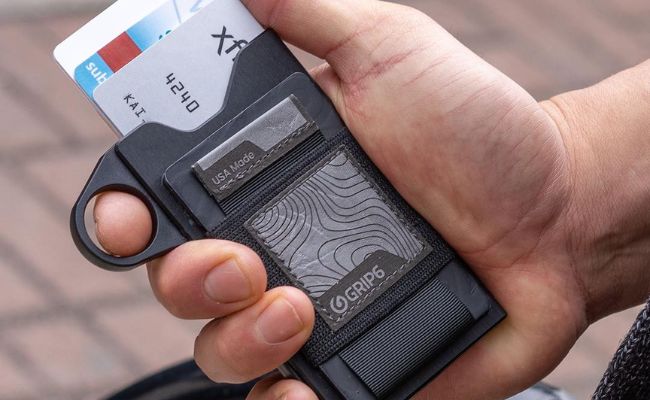

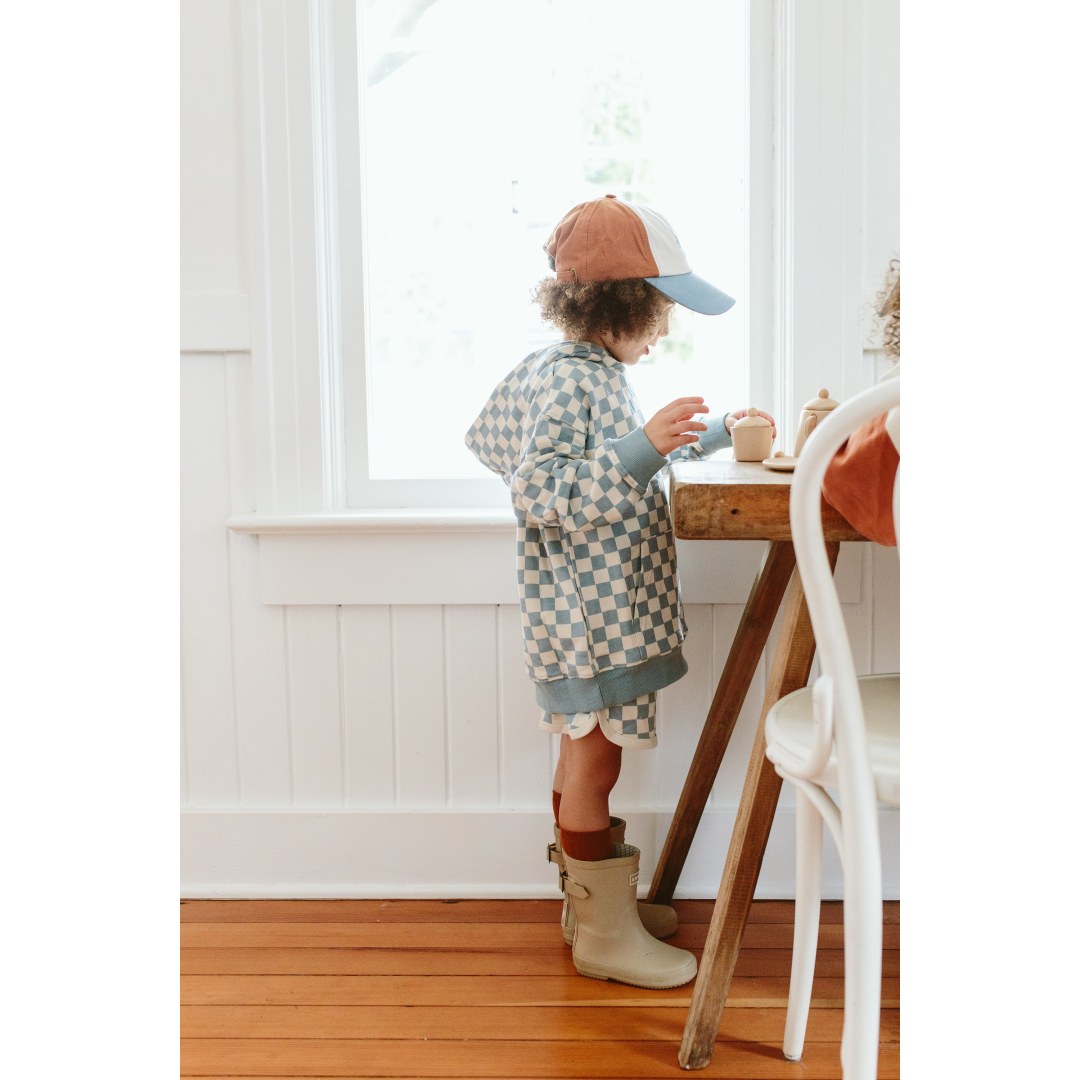
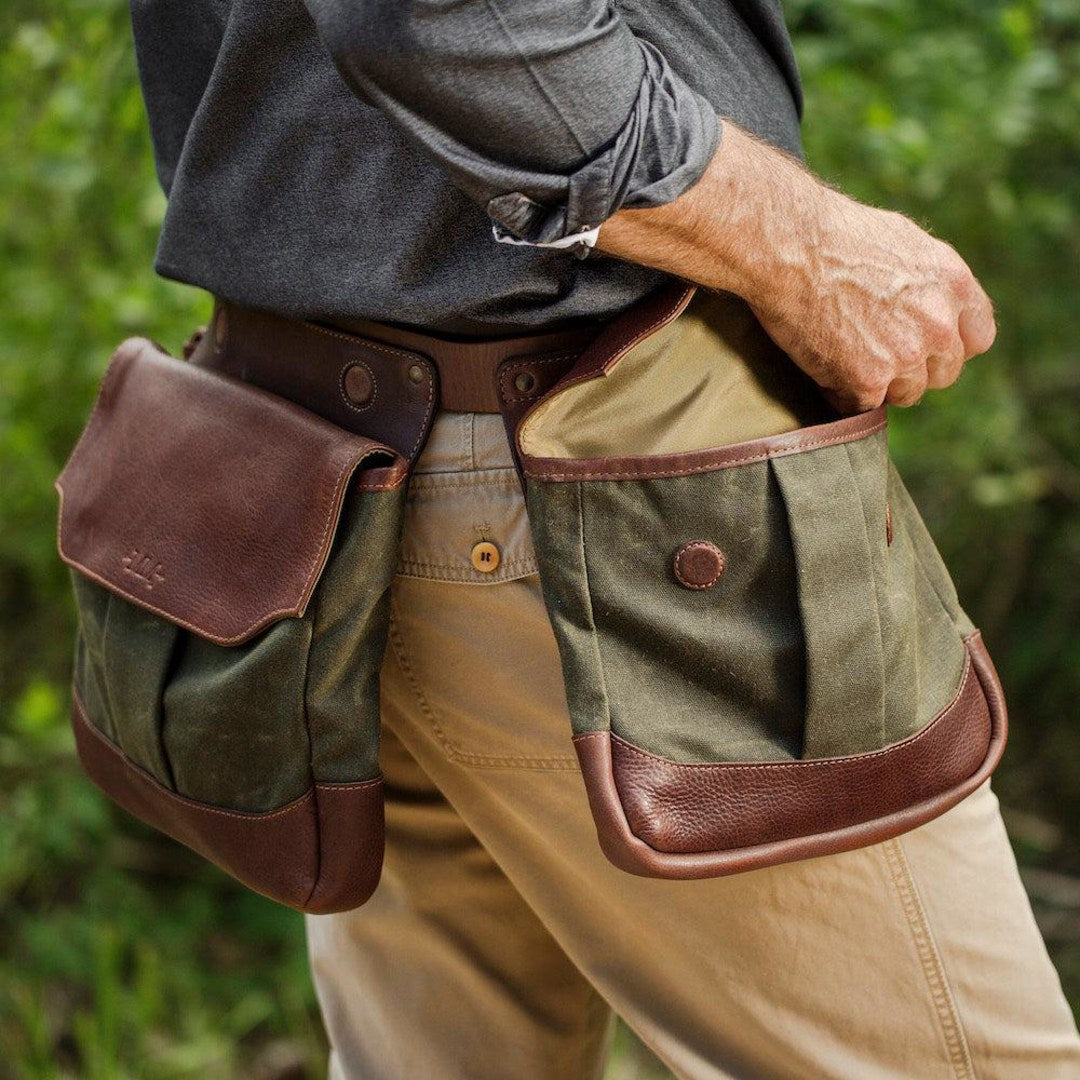
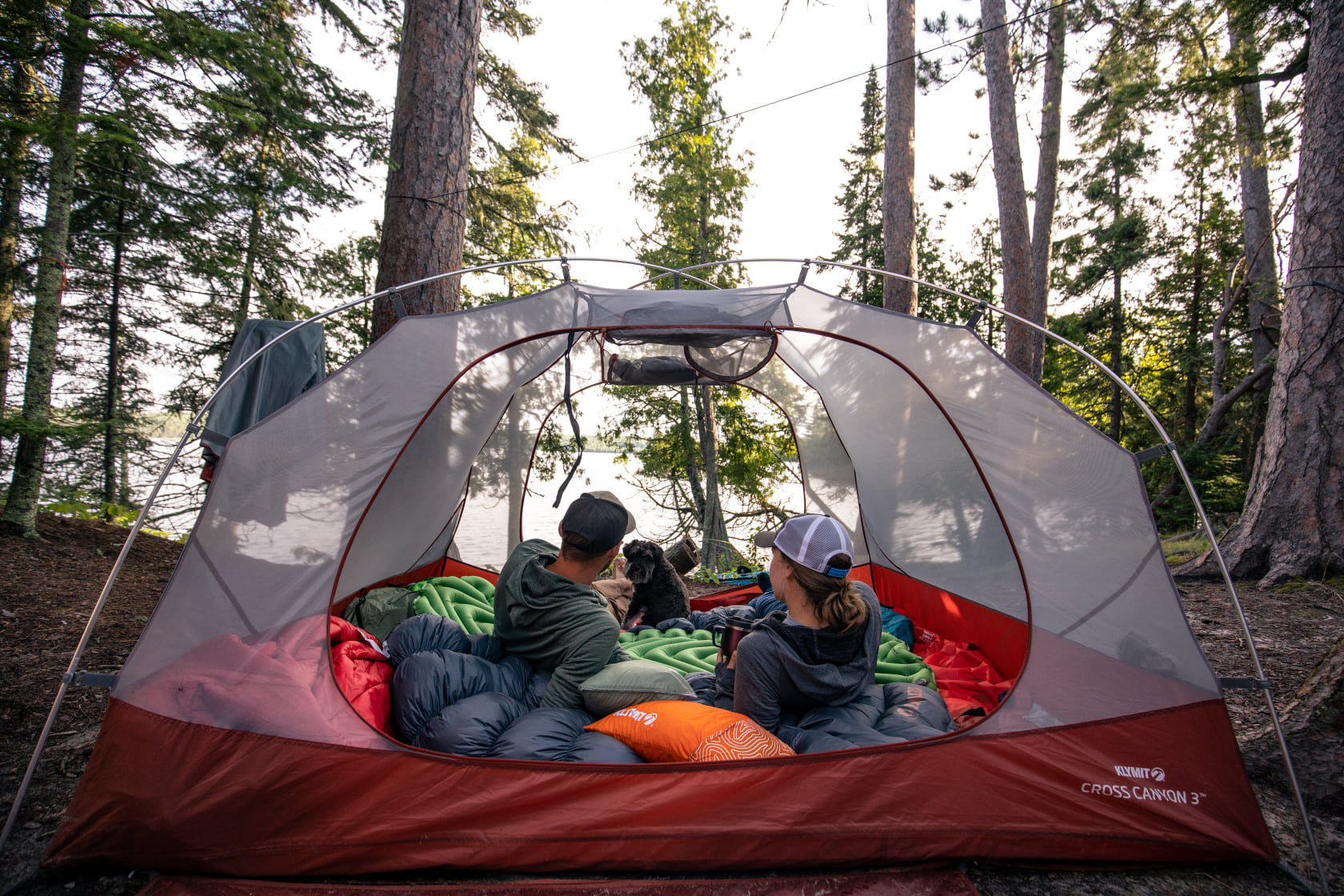

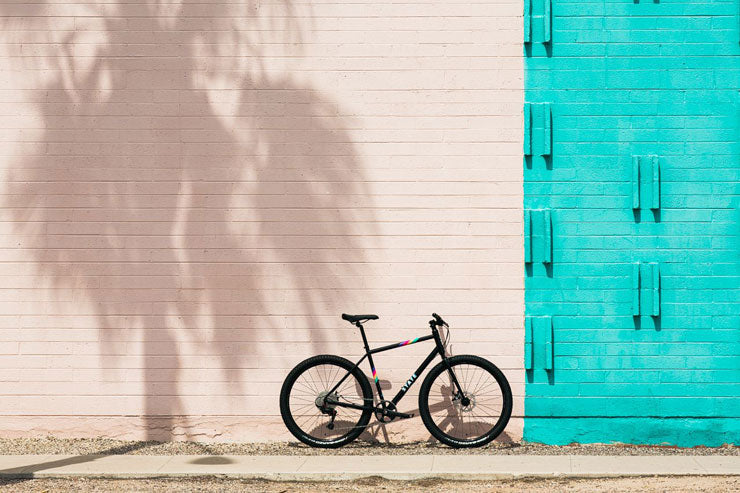
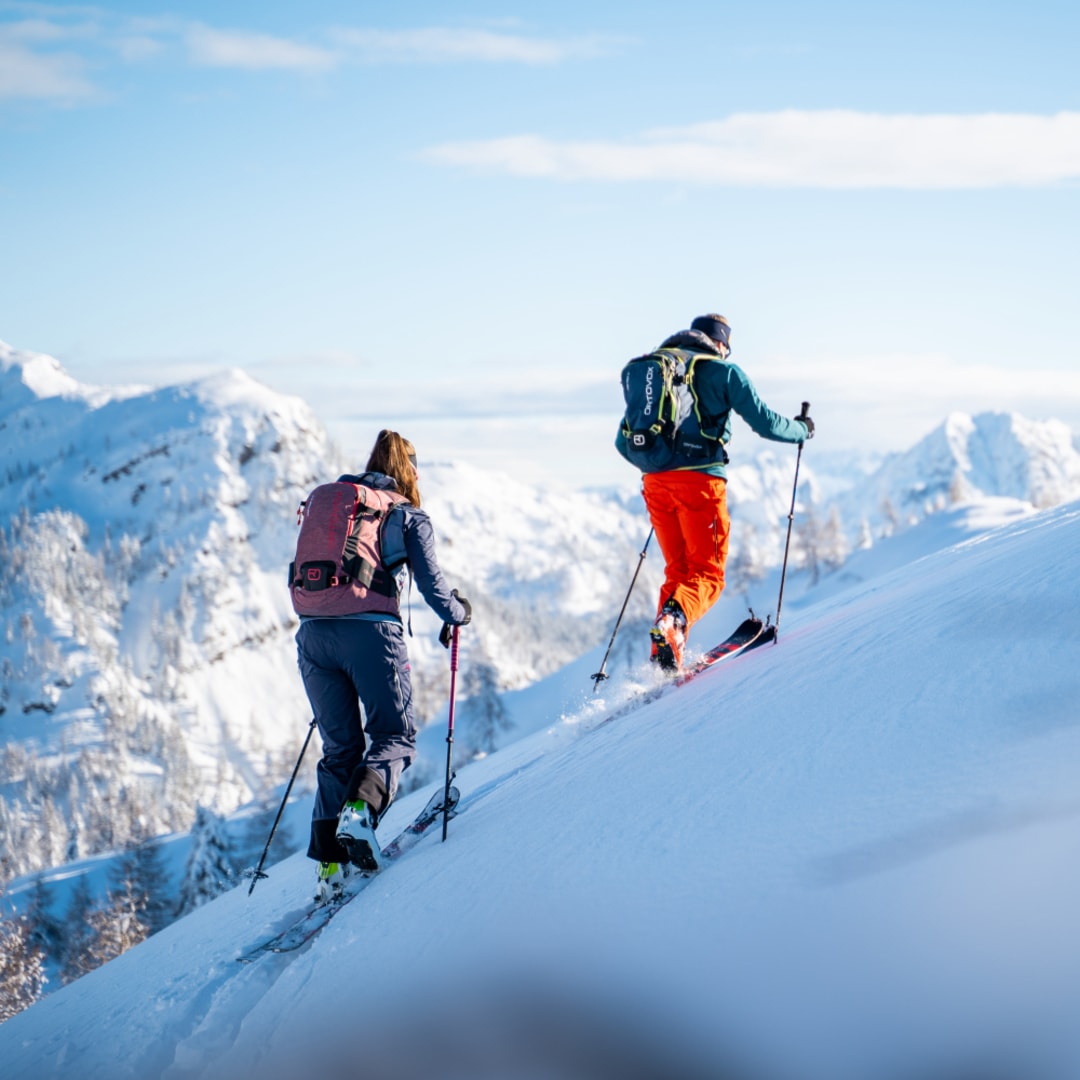



Leave a comment
This site is protected by hCaptcha and the hCaptcha Privacy Policy and Terms of Service apply.